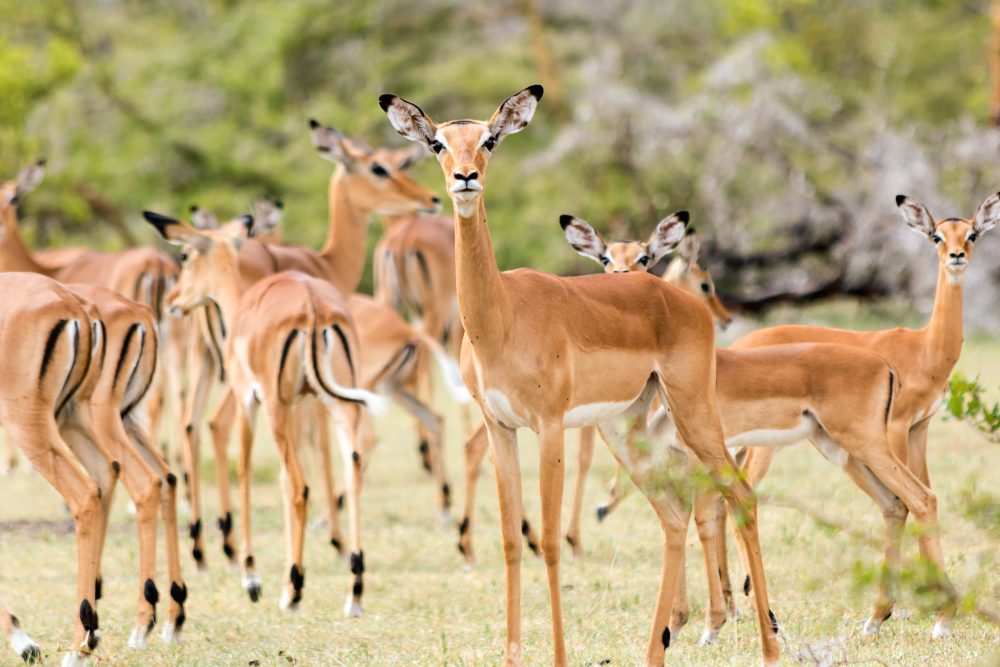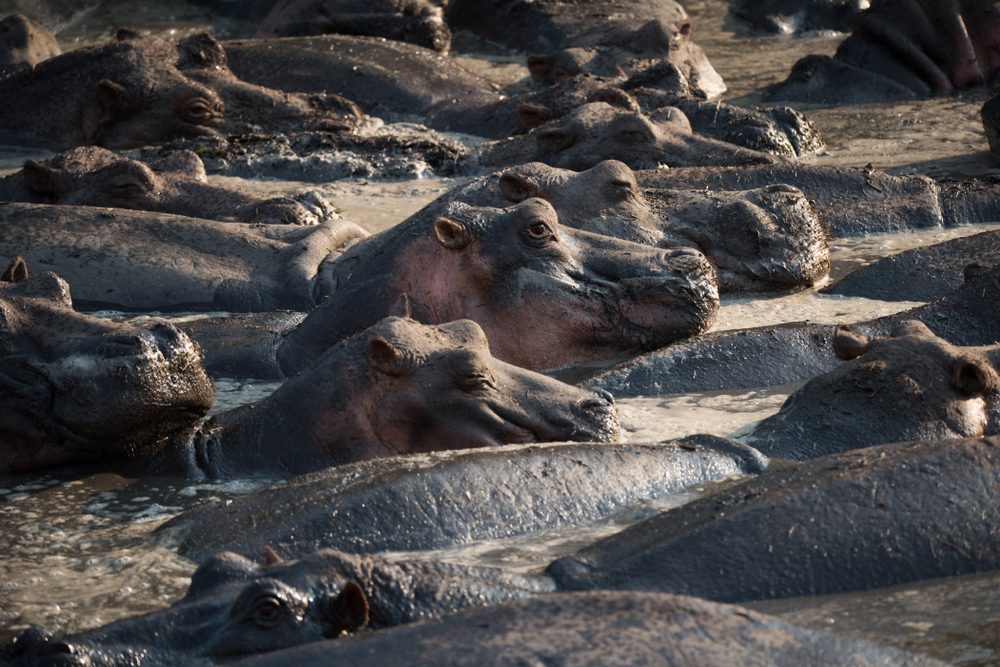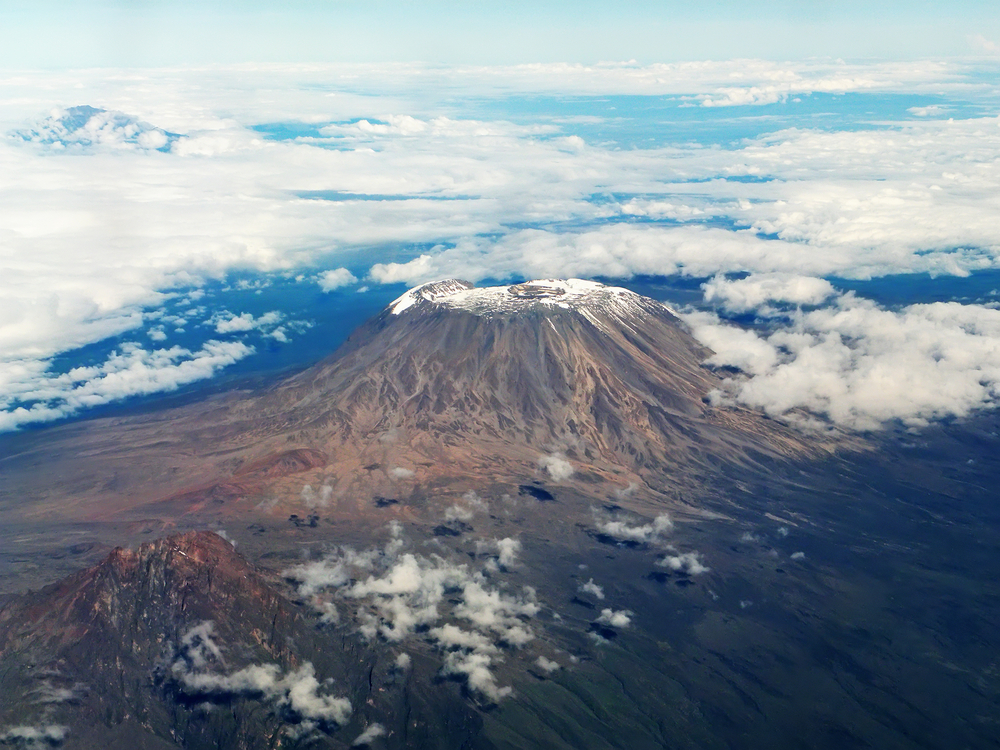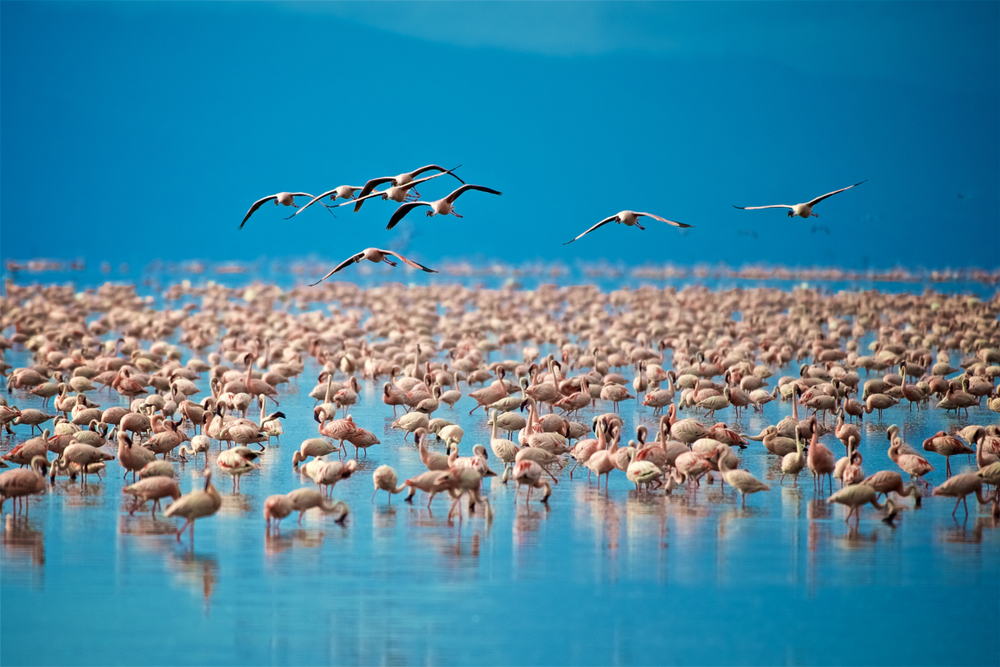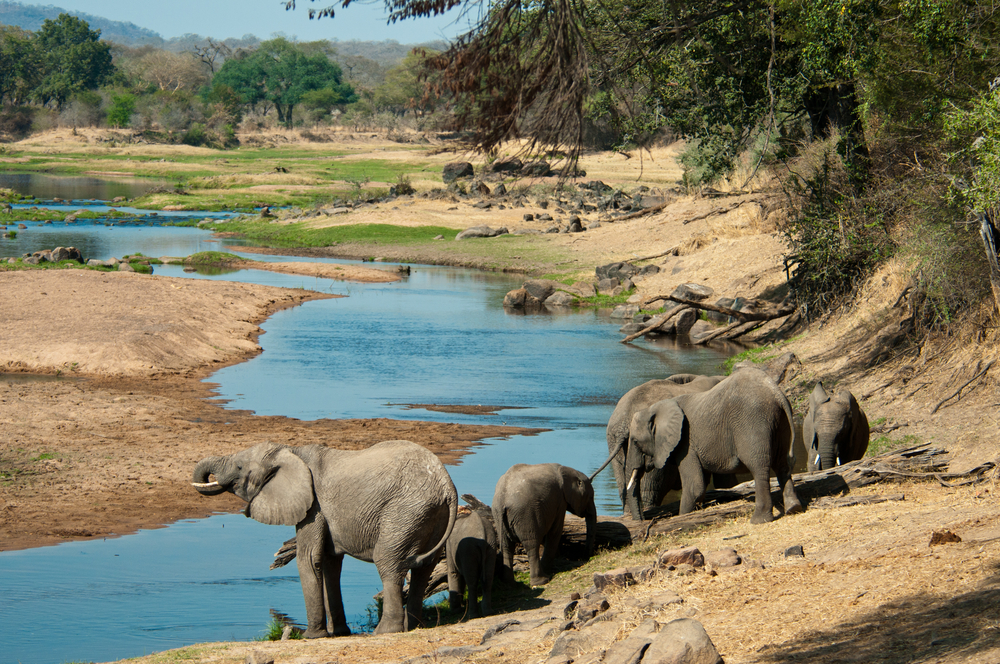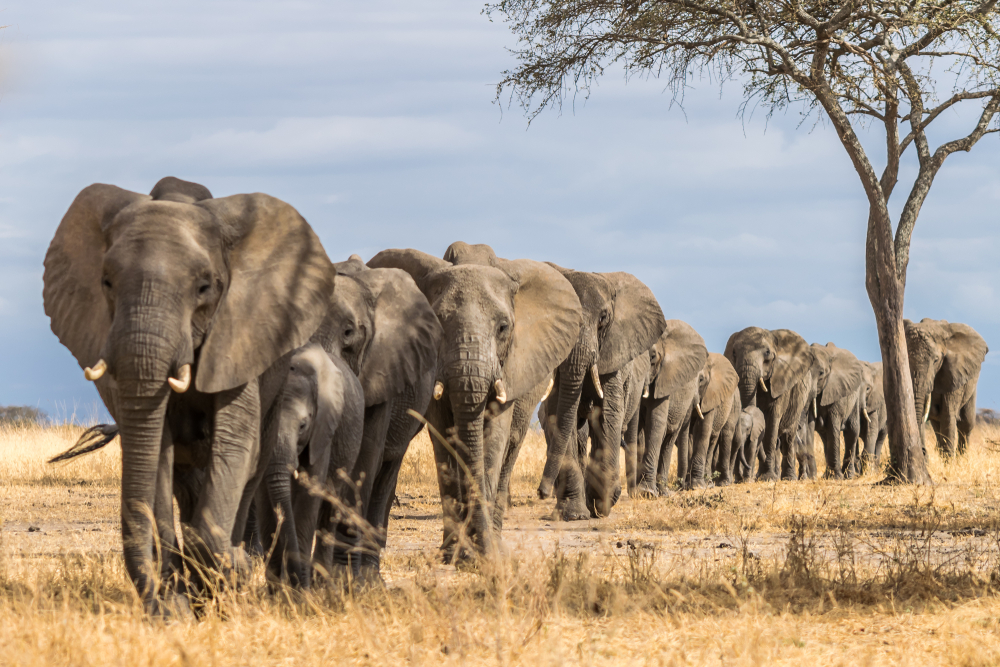Mikumi Overview
Mikumi National Park, locally known as Hifadhi ya Taifa ya Mikumi, is one of Tanzania’s most accessible and popular safari destinations, located in the Morogoro Region. Covering approximately 3,230 square kilometers (1,247 square miles), Mikumi is the fourth-largest national park in Tanzania and serves as the northern gateway to the vast Selous ecosystem. Its proximity to Dar es Salaam—just a 4-hour drive—makes it an ideal destination for short and extended safaris, offering visitors the chance to explore an unspoiled wilderness teeming with diverse wildlife.
The park’s landscape is a breathtaking mix of savannah plains, acacia woodlands, and picturesque mountains. The Mkata Floodplain, often compared to the Serengeti, is the park’s heart and highlights Mikumi’s remarkable beauty. Here, golden grasslands stretch to the horizon, dotted with iconic baobab trees and palm-fringed riverbanks. Towering over the plains are the scenic Uluguru Mountains to the northeast and the Rubeho Mountains to the southwest, providing stunning backdrops for wildlife photography and exploration. Seasonal rivers, including the Mkata River, wind through the park, creating lush habitats that attract animals throughout the year.
Mikumi National Park is renowned for its incredible wildlife diversity, making it a prime safari destination. The park hosts a variety of large mammals, including African elephants, buffaloes, zebras, and giraffes, which roam freely across the open plains. Mikumi is also home to impressive predator populations, with lions frequently spotted lounging on termite mounds or hunting in the grasslands. Leopards and spotted hyenas prowl the woodlands, while smaller predators like jackals and civet cats thrive in the park’s varied habitats.
The park is particularly known for its high density of hippos, which congregate at the Hippo Pools—a popular visitor attraction where these massive creatures can be observed wallowing alongside crocodiles. Antelope species such as elands, impalas, and greater kudus add to the park’s diversity, while warthogs and baboons are commonly seen near the park’s roads.
Birdwatchers will find Mikumi National Park equally rewarding, with over 400 recorded bird species inhabiting its diverse ecosystems. Notable species include the yellow-throated longclaw, lilac-breasted roller, Bateleur eagle, and the colorful Malachite kingfisher. Migratory birds also frequent the park during specific seasons, enhancing its appeal to ornithologists.
Mikumi plays a significant role in Tanzania’s conservation strategy, serving as a key wildlife corridor between the Selous Game Reserve and the Udzungwa Mountains. Managed by the Tanzania National Parks Authority (TANAPA), conservation efforts focus on combating poaching, maintaining natural habitats, and promoting sustainable tourism. The park’s accessibility has made it an important educational site, helping to raise awareness about the value of preserving Tanzania’s natural heritage.
Visitors to Mikumi National Park can enjoy a variety of activities, including game drives across the Mkata Floodplain, guided nature walks, and birdwatching. The park’s roads are well-maintained, providing easy access to wildlife-rich areas, while the surrounding mountains and rivers offer scenic opportunities for photography and relaxation.
In summary, Mikumi National Park is a remarkable blend of accessibility, stunning landscapes, and abundant wildlife. Its diverse ecosystems, rich biodiversity, and conservation efforts make it a must-visit for both seasoned and first-time safari enthusiasts.








































































